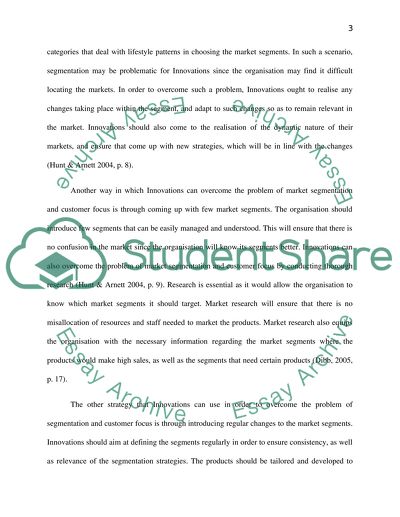Cite this document
(Real Consequences of Market Segmentation Literature review, n.d.)
Real Consequences of Market Segmentation Literature review. Retrieved from https://studentshare.org/marketing/1472817-see-attachment
Real Consequences of Market Segmentation Literature review. Retrieved from https://studentshare.org/marketing/1472817-see-attachment
(Real Consequences of Market Segmentation Literature Review)
Real Consequences of Market Segmentation Literature Review. https://studentshare.org/marketing/1472817-see-attachment.
Real Consequences of Market Segmentation Literature Review. https://studentshare.org/marketing/1472817-see-attachment.
“Real Consequences of Market Segmentation Literature Review”, n.d. https://studentshare.org/marketing/1472817-see-attachment.


